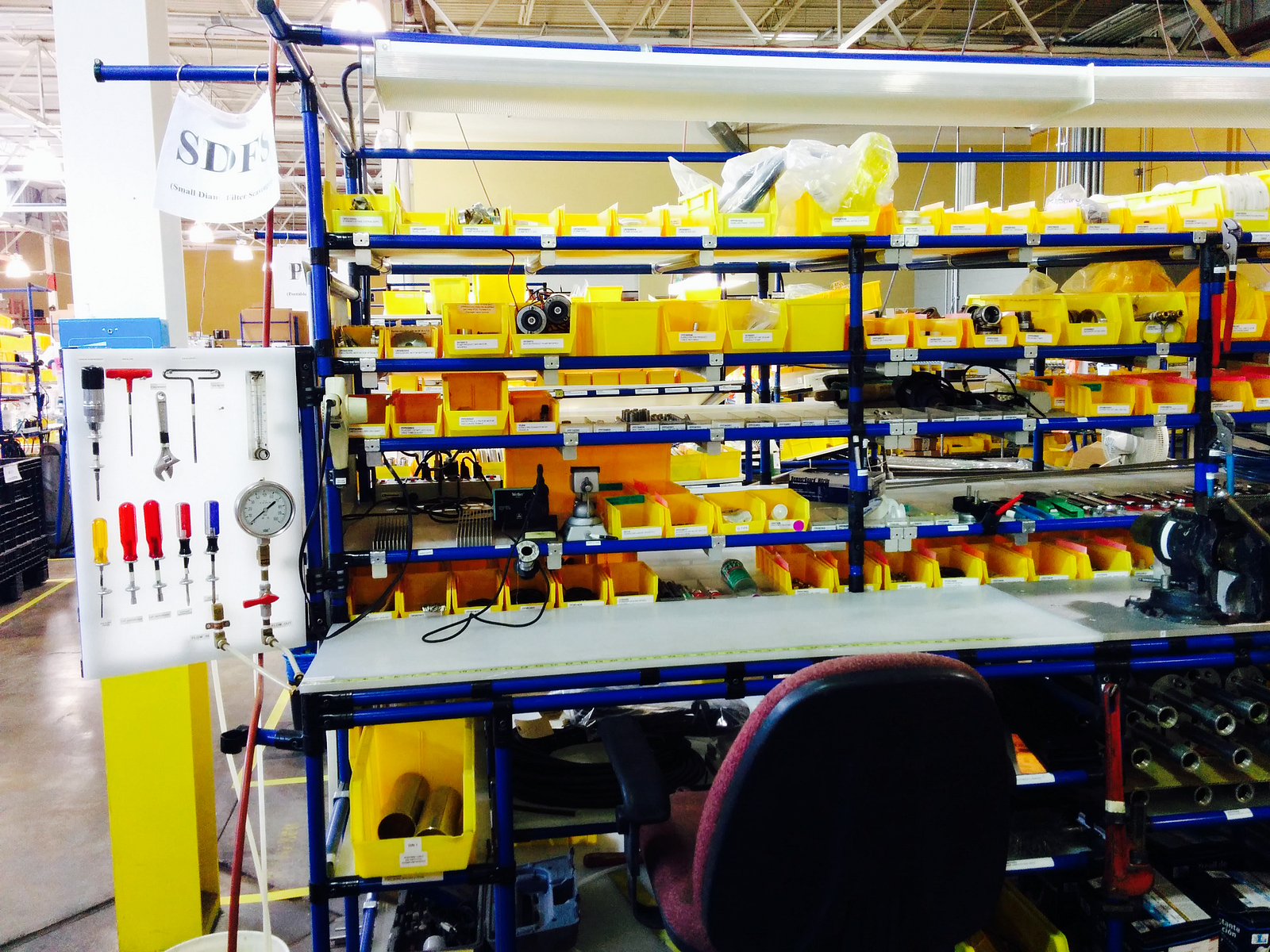

Such deflection MIGHT be significantly greater than three-point suspension.ĭo you see all the "mights" and "possiblies" in my speculative response? I am really hoping that a few folks will actually TEST what difference three-point suspension makes under load and unloaded. I suppose, but actually doubt, that if one placed an object to be gaged that was perhaps half the stones weight and it was placed midway between support points, that deflection might be twice unmeasurable and thus be measurable. If stones do not actually sag significantly, three-point suspension becomes a moot point in the scraping world as the weight of a straight edge or square on the stone would be only a few percent of the stone's weight. Thus, uncontrolled or unpredictable sagging of the stone once it was flattened it and gaged would be prevented. I always thought and still think that three-point suspension was intended to establish a known system of suspension so that the stone could be flattened while so suspended and then would be known to in that same configuration in the future. I don't see that three point suspension would prevent excessive deflection of a stone under load unless the load point(s) just happened to somehow coincide with the three point supports. and theres no ATM, so bring your checkbook or some cash along. But how much occurs with granite surface plates? Does it matter? Fan Favorites: Say Cheese for Fresh Curds at These Wisconsin Factories.

I know there must be some deflection as no material is immune to bending due to loading. It would surely be interesting and actually useful to know if struggling to ensure 3-point support really makes a practical difference for people using surface plate for ordinary scraping purposes and for day-to-day metrology.

We were surprised that my stone was excellent both ways and did not measurably flex when wedged up.Īm I saying that airy point support is thus proven unneeded? No, but it sure does make me curious to know if others would see similar (validating) results. We compared readings for flatness both when supported this way and when supported with a traditional three point arrangement. One of the things we did on a lark was to intentionally wedge the stone so it was supported by one corner only on one end and was resting mor or les flat on the intersection of the bottom of the stone and its upright side. The reason I ask is that about 6 weeks ago a friend who is something of a metrology geek brought his fancy equipment to my shop and checked my 24X36 by 4" plate. What I am wondering is if anyone has actually made any measurements showing deflection of the plate "properly" suported vs not supported at the specidfied points. These fees and commissions do not influence the amount a customer pays.I know much is said about support of granite plates at airy points and reference is made to this in the specs for grading surface plates. Auto Trader receives a fee from retailers advertising finance and may receive a commission from commercial partners for introducing customers to finance products. Representative finance examples are for illustrative purposes only. Auto Trader Limited is a credit broker and not a lender. Play Store logo hp-download-android-app hp-download-android-app hp-download-android-appĬopyright © Auto Trader Limited 2022.Auto Trader Limited is authorised and regulated by the Financial Conduct Authority in relation to consumer credit and insurance mediation activities.Help us improve our website Send feedback


 0 kommentar(er)
0 kommentar(er)
